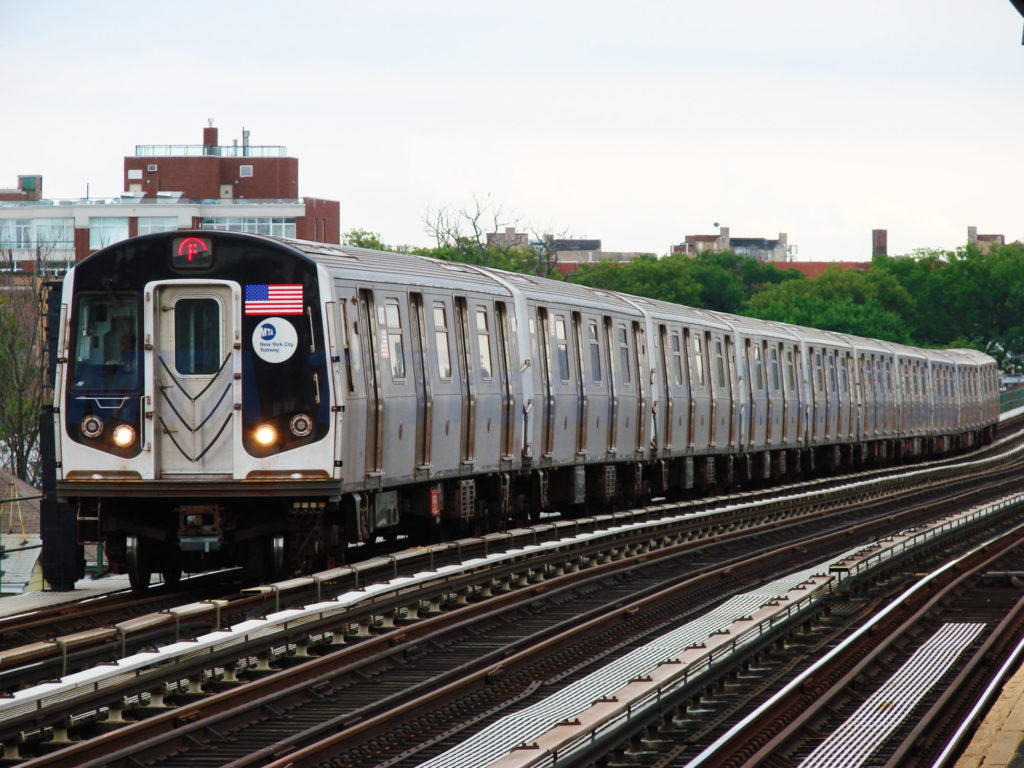F and C trains to return to pre-pandemic levels
Cause: More aid from DC, and a lawsuit

During the early days of the COVID-19 pandemic, among its most visible symbols were the almost empty subway cars that ran very infrequently and had few passengers other than a few essential workers and homeless people.
Now that the city is slowly coming back, subway schedules are getting back to normal. The latest development is a restoration of pre-pandemic schedules to the C and F lines, both of which travel extensively into Brooklyn.
The C train runs local on the same Fulton Street corridor as the A express, serving Downtown Brooklyn, Fort Greene, Bed-Stuy, East New York, Cypress Hills and several areas over the border in Queens. The F train, running down to Coney Island, serves DUMBO, Downtown, Cobble Hill, Carroll Gardens, Park Slope, Kensington, Midwood, Gravesend and Coney Island.

Brooklyn Boro
View MoreNew York City’s most populous borough, Brooklyn, is home to nearly 2.6 million residents. If Brooklyn were an independent city it would be the fourth largest city in the United States. While Brooklyn has become the epitome of ‘cool and hip’ in recent years, for those that were born here, raised families here and improved communities over the years, Brooklyn has never been ‘uncool’.